While watching Belle, the latest feature from Mamoru Hosoda, two movies kept racing through my mind: Disney’s animated Beauty and the Beast and Hosoda’s own Summer Wars — and for good reason. Belle takes a classic fairy tale and filters it through the virtual world in which we live.
“I’ve always liked the story of Beauty and the Beast ever since I was a kid,” Hosoda told me in late 2021 over Zoom. Days earlier, I’d watched Belle and had enjoyed as much as his other films, such as Wolf Children, The Boy and the Beast, and Summer Wars. I wasn’t alone in my reaction. When Belle was shown at the Cannes Film Festival, the movie received a 14-minute standing ovation.
Belle tells the story of Suzu, a 17-year-old girl who lives in rural Kochi Prefecture, as she suddenly becomes an overnight internet singing sensation in a virtual world known as “U.” There, she goes under the persona of “Belle” and encounters a mysterious “beast” for whom she develops feelings. If you’ve read or seen any version of the Beauty and the Beast, Belle covers familiar territory by design, but it also confronts the best and the worst of the internet, including the power of connecting online, the freedom of anonymity, and even the toxicity of comment sections. The movie is right at home in Hosoda’s award-winning filmography, which is filled with stories of the virtual universe as well as ones that explore the interaction between animals and humans.
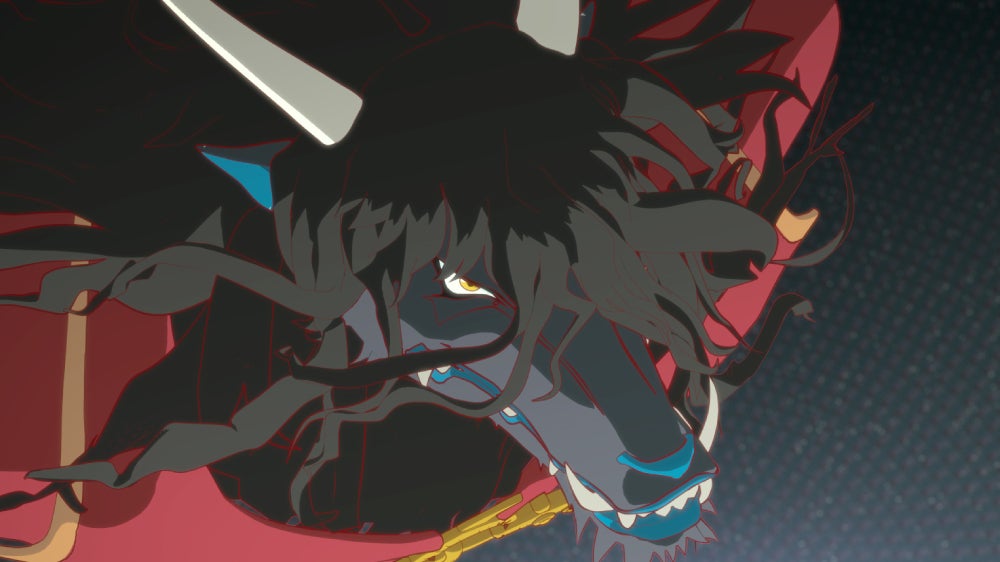
“I detest the idea of giving only importance to humans,” he said, adding that our world isn’t only the world of humans. “Heck, humans aren’t even in the majority.” This is why he’s long found the story of Beauty and the Beast so appealing, and why the story has long influenced his work. “Something about both Wolf Children and The Boy and the Beast are both akin to Beauty and the Beast,” he said. “For example, a woman falling in love with a wolf-man [in Wolf Children] is like Beauty and the Beast.”
Belle is more than simply a modern retelling of the classic 18th century French fairy tale. Hosoda explained that with this film, he’s doing honkadori. In traditional Japanese poetry, honkadori is alluding to an older, widely known poem. This is a way for him to push the story forward and explore new ground. “Even as the time periods change, the essence of Beauty and the Beast does not,” said Hosoda. “Then, when new versions of the story are made, what is important are the things that are and aren’t changed. So, for example, one thing that didn’t change from the Disney version is the dance scene. Of course, it was in the 18th century version, too.”
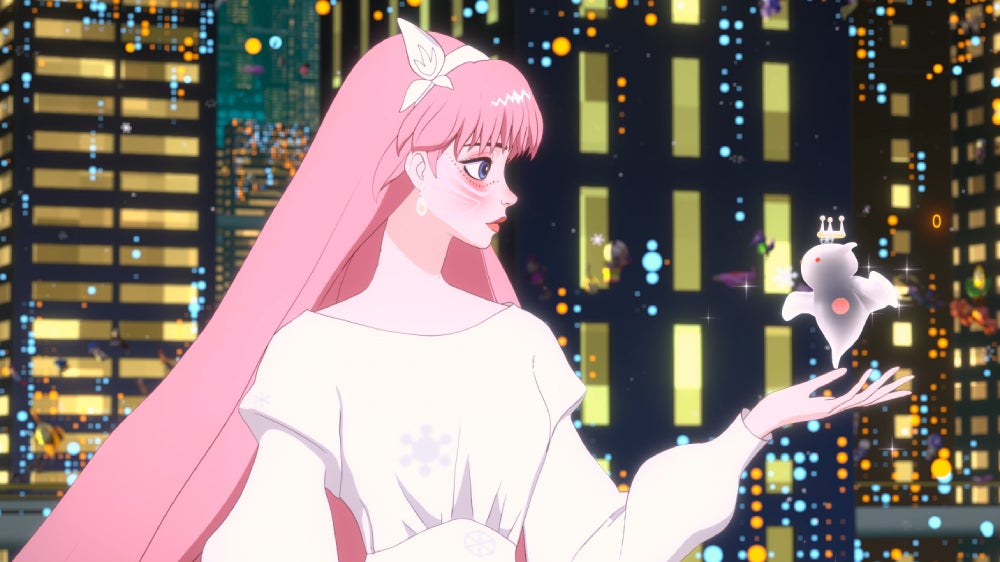
Beauty and the Beast has more than merely influenced Hosoda’s sensibility. It motivated him. If hadn’t seen the Disney animated version, he might not have left the business. “When I joined Toho Animation, work was really tough,” said Hosoda. “I thought about giving it all up and quitting in just my first year. I wondered if there was another, better job.” Around that time, Hosoda saw Beauty and the Beast. “At that time, it felt like a breath of fresh air for Disney.” He marveled at Glen Keane’s work and loved the Alan Menken score. For Hosoda, this wasn’t Disney’s Beauty and the Beast, it was Glen Keane’s. The movie, Hosoda felt, wasn’t aimed at kids, and revived the House That Mickey Built. “Beauty and the Beast wasn’t old hat. It felt new. I remember feeling that.” And Disney wasn’t the only one to get a second wind. Hosoda did, too.
Hosoda left the theatre, re-energised and ready to work. “It made think that if I could do something wonderful like this, then I should stick with animation. I felt I wanted to make my own Beauty and the Beast — and doing that ended up taking thirty years.”
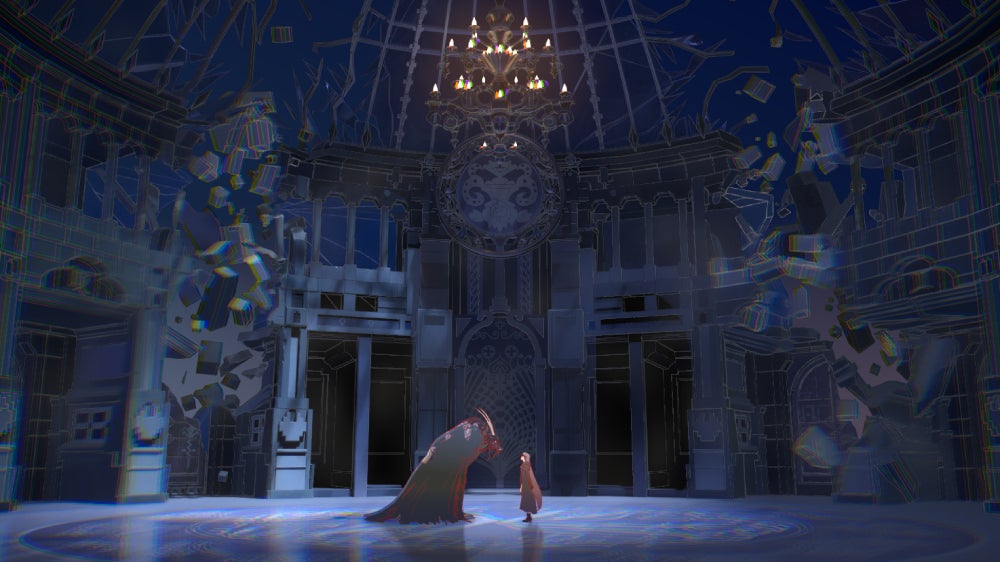
At first glance, the movie’s influence seems readily apparent. For example, the character Belle has a certain Disney touch. Hosoda specifically brought in famed animator Jin Kim, who worked at Disney between 1995 and 2016, for Belle’s character design. “Kim’s a legend of modern Disney animation, so of course, I don’t think it’s a bad thing at all if his work evokes Disney.” But more than simply liking Disney, he’s a fan of Jin Kim. “He’s a tremendous talent. Jin Kim isn’t Disney-esque. Disney is Jin Kim-esque.” Hosoda added with a chuckle, “Jin Kim is Jin Kimesque.”
Thematically, Hosoda’s work hasn’t only explored the relationship between animals and humans. Few anime creators have been as interested in the digital world as Hosoda has. In Belle, Hosoda shows the impact of social media and how we live our virtual lives. “I think social media is having both good and bad effects,” he said. “The bad elements, from fake news to kids becoming obsessed with getting Likes, are numerous.” But he’s realistic about the times in which we live. “What, I mean, are we supposed to snatch up the youth’s mobile phones and tell them to work in the fields? That’s not happening.” For young people, he continued, they not only have to live their lives in a world where the internet exists, they also have to make their own way and discover themselves. “As parents, we need to support them.”
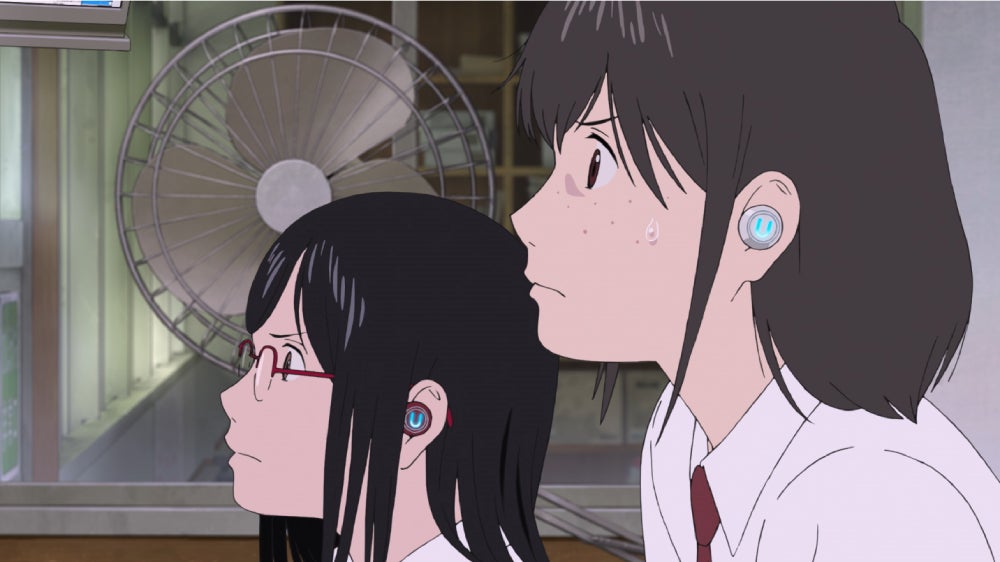
Belle is hardly Hosoda’s first time to use the virtual world as a setting — and it won’t be the last. This is a setting he returns to again and again, perhaps most famously with Summer Wars. But even then, it wasn’t new territory. In 2000, Hosoda directed Digimon Adventure: Our War Game!, which shares many similarities. What makes his depiction of the virtual world so interesting is that it evolves. When Summer Wars was released in 2009, for example, people of all age groups were getting online — something that the movie reflects. In Japan, Docomo’s i-Mode internet service for mobile phones really brought the internet to the masses. “So that’s why all the Summer Wars characters, from young to old, are getting online, and that’s what made the story possible. Going on an adventure on the internet became reality. That’s why I made the movie.”
I asked Hosoda is he plans on making a Summer Wars sequel to follow up on these themes — a question everyone from my kids to friends wanted me to pose. “If you’re asking what Summer Wars 2 is, well, it’s this movie, Belle,” replied Hosoda. “Summer Wars is really Digimon Adventure: Our War Game! 2, and so, Belle is Summer Wars 2.”
These movies, like Hosoda’s influences, inform each other. They evolve and change. They tackle big, classical themes, and, at the same time, the present day. This is why Mamoru Hosoda continues to be one of the most relevant filmmakers today. “There is a definite connection with these films,” said Hosoda. “Using the internet as a setting is somewhat rare. For me, it’s something I’ll continue. It’s my life work.”
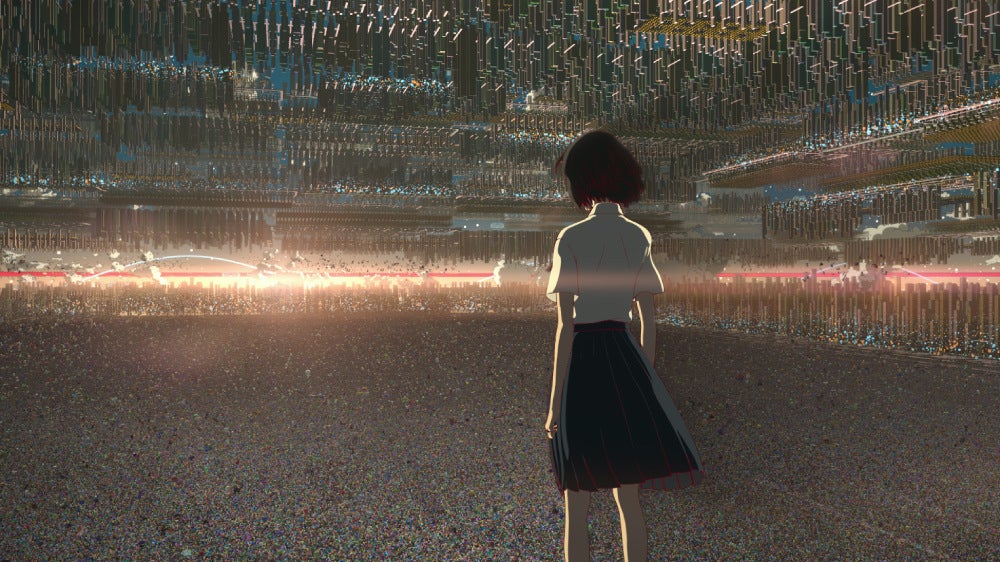
Belle opens in theatres on January 14.
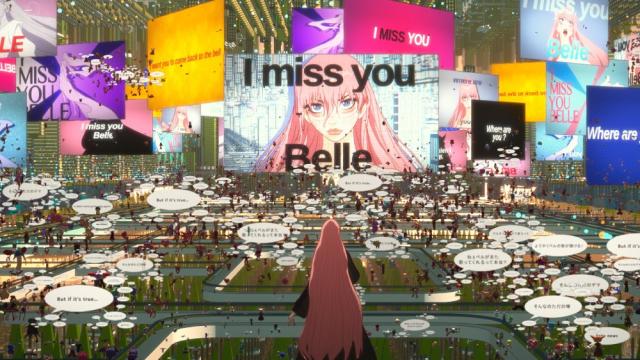
Leave a Reply